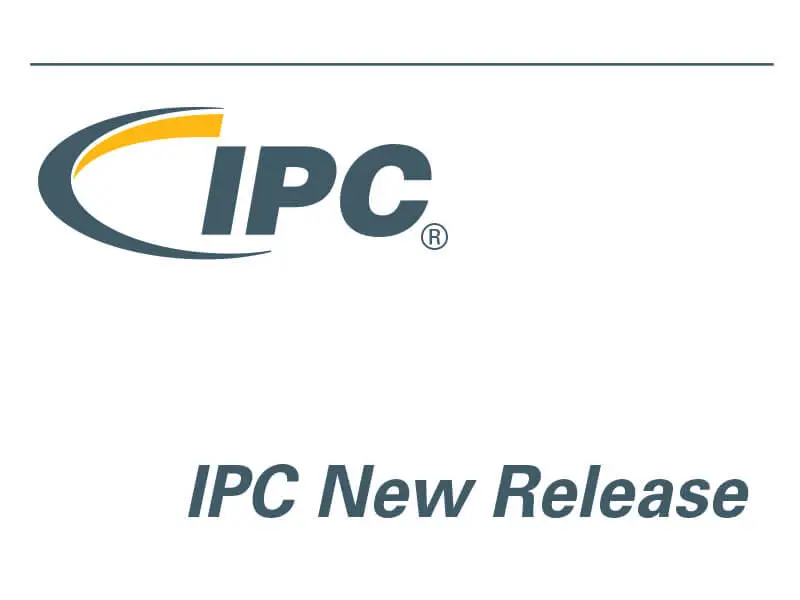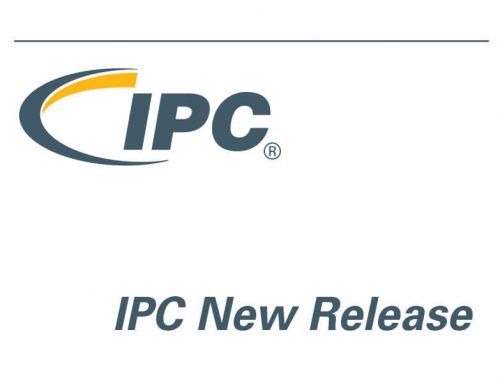The IPC-4552A performance specification sets requirements for Electroless Nickel/Immersion Gold (ENIG) deposit thicknesses for applications including soldering, wire bonding and as a contact finish. The IPC-4552A is intended for use by chemical suppliers, printed board manufacturers, electronics manufacturing services (EMS) and original equipment manufacturers (OEM). The IPC-4552A standard may be used to specify acceptance criteria to meet performance requirements in addition to those found in the IPC-6010-FAM Printed Board Performance Specifications. The ENIG deposit specified by using this document will meet the highest coating durability rating as specified in the J-STD-003 printed board solderability specification.
IPC-4552A Performance Specification for Electroless Nickel/Immersion Gold (ENIG) Plating for Printed Boards
The IPC-4552A specification is based on three critical factors:
The ENIG plating process is in control producing a normal distribution for nickel and gold deposit thickness.
That the tool used to measure the deposit and therefore control the process is accurate and reproducible for the thickness range specified. That the ENIG plating process results in uniform deposit characteristics. If any of these three critical factors are not met, then the deposit produced will not meet the performance criteria defined. Number of pages 148. Released August 2017.
Statement of Scope This performance specification sets requirements for Electroless Nickel/Immersion Gold (ENIG) deposit thicknesses for applications including soldering, wire bonding and as a contact finish. It is intended for use by chemical suppliers, printed board manufacturers, electronics manufacturing services (EMS) and original equipment manufacturers (OEM). This standard may be used to specify acceptance criteria to meet performance requirements in addition to those found in the IPC-6010-FAM: Printed Board Performance Specifications. The ENIG deposit specified by using this document will meet the highest coating durability rating as specified in the J-STD-003 printed board solderability specification.
This specification is based on three critical factors:
1. The ENIG plating process is in control producing a normal distribution for nickel and gold deposit thickness.
2. That the tool used to measure the deposit and therefore control the process is accurate and reproducible for the thickness range specified.
3. That the ENIG plating process results in uniform deposit characteristics.If any of these three critical factors are not met, then the deposit produced will not meet the performance criteria defined herein.
Feature Size for Thickness Measurement This performance specification has been generated based on a deposit thickness measured ONLY on feature sizes of 1.5 mm x 1.5 mm [0.060 in x 0.060 in] or equivalent area (± 10%). Measurement of non-standard feature sizes and/or a combination of different feature sizes will prevent compliance to the statistical requirements of this specification. Requirements to measure non-standard sized features is AABUS and the supplier of the printed board is not responsible for the performance of the deposit as specified in this document.
Description ENIG is an electroless nickel layer capped with a thin layer of immersion gold. It is a multifunctional surface finish, applicable to soldering, aluminum and copper wedge wire bonding, press fit connections, and as a contact surface. The immersion gold layer protects the underlying nickel from oxidation/passivation over its intended life. However, this layer is not impervious and it will not pass the requirements of a “classic” porosity test as defined in ASTM B 735 & IPC-TM-650, Methods 2.3.24, 2.3.24.1 and 2.3.24.2).
Electroless Nickel Reducing Agents – Phosphorus Content Phosphorus-containing, reducing agents are used for the reduction of the electroless nickel during the deposition process and phosphorus is incorporated in the nickel deposit. Currently, there are two levels of phosphorus found in electroless nickel deposits used for ENIG:
1. A mid-phosphorus nickel with phosphorus levels ranging from 5 wt. % to 10 wt. %
2. A high phosphorus nickel with phosphorus levels greater than 10.0 wt. %.
The level of this co-deposited element should be controlled within the supplier’s specified process limits. Variation of phosphorus levels outside the specified process limits may have adverse effects on the performance of the finish and/or potentially increase the occurrence and/or severity of hyper-corrosion.The phosphorus content within the interfacial region between the electroless nickel and immersion gold layers is higher than that found in the bulk deposit. After soldering, the phosphorus levels at the interface between solder and the electroless nickel will always be higher than that found on a non-soldered pad, as the tin in the solder preferentially reacts with the nickel, leaving a phosphorus-rich layer behind. This is a NORMAL and expected occurrence.
Preview the IPC-4552A table of contents .pdf file.


